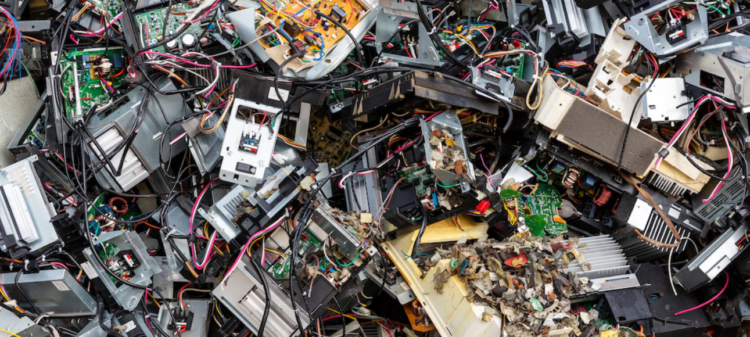In the 21st century, most of the household appliances and other devices generated by human beings are classified into various categories and are referred to as e-waste. There are various types of e-waste, including major appliances, small appliances, lighting devices, medical devices, electrical and electronic tools, vending machines, and others. EPA has partnered with UN agencies to develop guidelines for managing these e-waste materials.
In the past, e-waste management focused primarily on disposing of old electronics. However, this practice has created many health and environmental risks. Children are especially vulnerable to the harmful effects of e-waste, given their small size, fast growth, and lower ability to metabolize toxins. Furthermore, workers responsible for the recovery of valuable materials are at risk of exposure to more than a thousand harmful substances, including mercury, lead, and brominated flame retardants. Such chemicals can be leaked into groundwater if they are not properly disposed of.
In addition to developing regulations, the EPA has also engaged in multilateral cooperation with other government agencies and international organizations to promote sustainable e-waste management. Step, for example, is a global platform that gathers best practices for e-waste management. This group also publishes scientific papers to help members address e-waste issues within their organizations. EPA is a founding member of Step, which provides objective, scientific information to promote sustainable e-waste management.
Many technical solutions are available to control the flow of e-waste and reduce its impact on the environment. However, before implementing a system, it is essential to determine the prerequisite conditions, including legislation, collection system, manpower, and logistics. Depending on the country’s location, some technical solutions may require extensive operational research and evaluation studies. For example, in developing countries, proper legislation may not be adequate for the disposal of e-waste.
While many companies are just beginning their e-waste management journey, others have already recognized the need to address the environmental risks posed by e-waste. Companies must identify the material risks associated with e-waste, evaluate the progress of their programs and develop a strategy to address these risks. Then, the companies must consider their own risks as well as those of their partners. A comprehensive e-waste management program can help companies to ensure that their e-waste is responsibly managed.
The European Union has also responded to the growing problem of e-waste through the implementation of two pieces of legislation. In 2003, the Waste Electrical and Electronic Equipment Directive came into force to promote the recycling and reuse of electronic devices. In 2008, the directive was amended to handle the management of electronic waste in the EU. The WEEE directive also includes regulations on the use of hazardous substances in electrical and electronic equipment. These rules have helped to reduce the amount of electronic waste produced.
